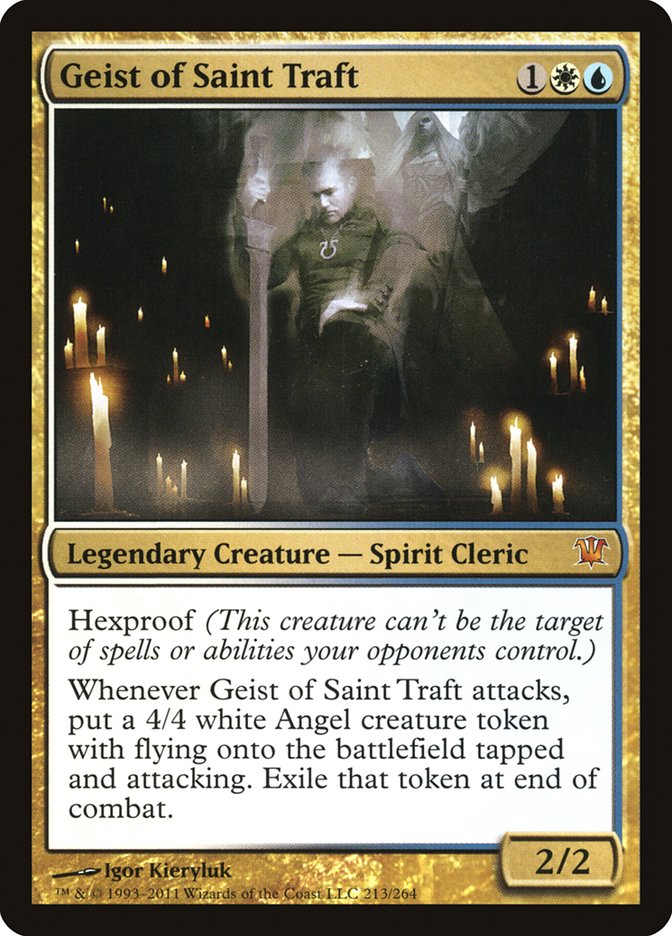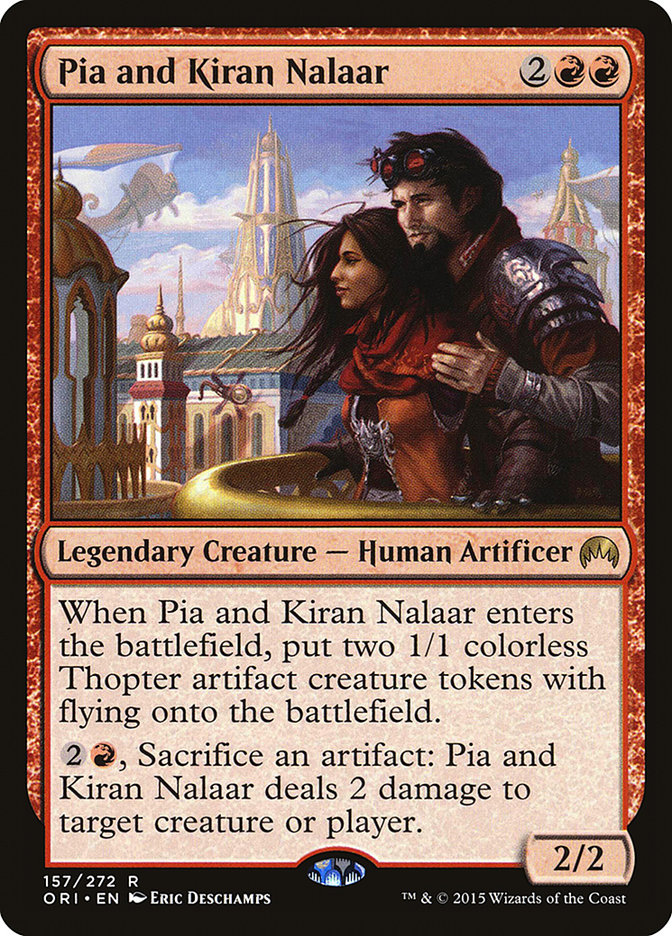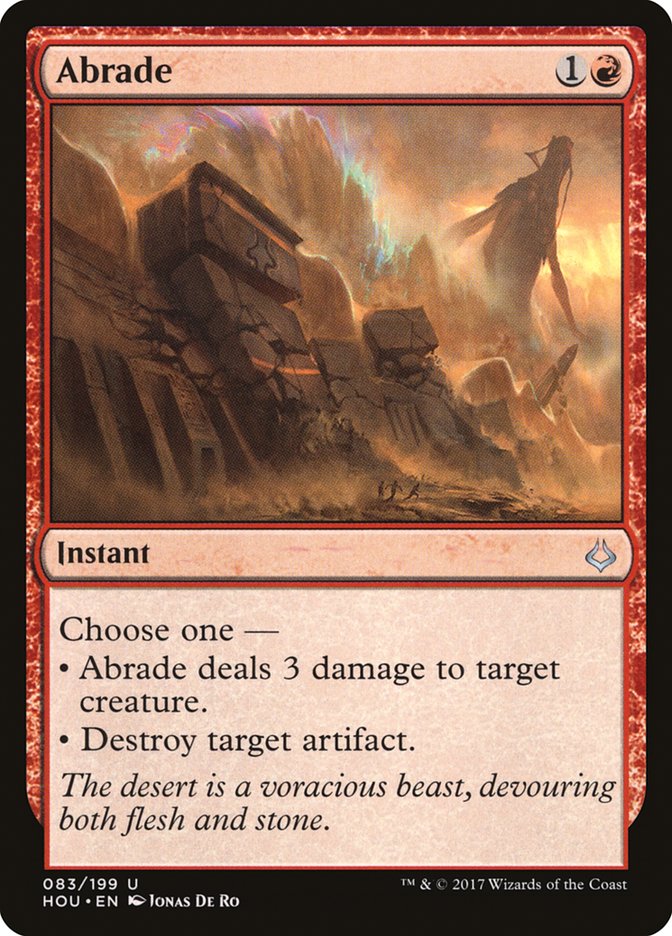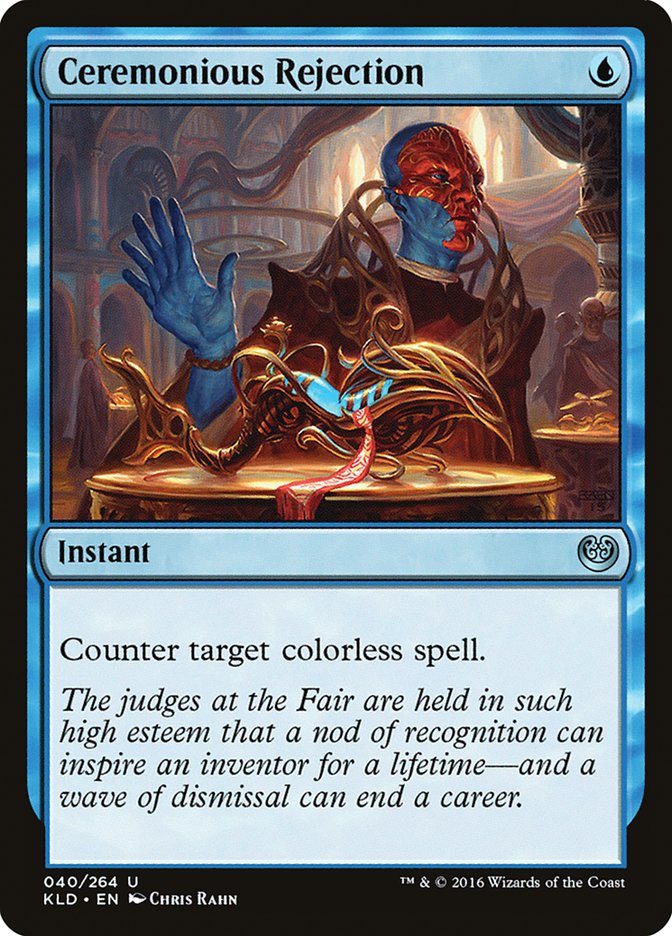Hey everybody! I am excited for my first article with StarCityGames.com! If you don’t know who I am, I am currently grinding on the SCG Tour and am a sponsored player on Lotus Box as well as being an avid Jeskai Control player in Modern.
Modern is an incredibly diverse format, and I truly believe that it rewards people who are experts with their given deck rather than playing the absolute best deck. I was frustrated with my results in Modern for quite a while, and it wasn’t until I spoke with Harlan Firer the week before SCG Syracuse that I actively picked up Jeskai Control for the first time and just played a lot of it on Magic Online that week.
I ended up testing a bunch of potential options and then managed to Top 4 SCG Syracuse with this:
Creatures (11)
Lands (24)
Spells (25)

I have been completely hooked on the deck since I started playing it way back in August, and it is definitely safe to say that my list has evolved quite a bit since then. Let’s see what my current list looks like:
Creatures (11)
Lands (24)
Spells (25)

Understanding Jeskai
Jeskai Control has been a serious contender in Modern for the past few months, improving and adapting to certain metagame shifts that have taken place. I feel as though the deck has all the tools it needs in order to have game against a majority of the format; however, this doesn’t mean that the deck is unbeatable. The issue of being a mostly reactive deck is that sometimes your pieces don’t line up well on paper in the context of certain matchups, and realizing what role you’re supposed to play in those matchups can alleviate some of those issues.
This issue can often be solved by being able to evaluate your role within a certain matchup. There are some matchups in Modern where you need to take the aggressive approach in order to be able to give yourself the maximum percent chance of winning. However, the same argument can be flipped around, and there are other matchups where you want to be able to play patiently and really only begin to apply pressure when you feel far enough ahead to start ending the game. Identifying what role you’re supposed to play within a certain matchup will make sideboarding smoother and allow you to alter your gameplan at a moment’s notice.
I feel as though this is one of the main draws to Jeskai, as you can very easily play the aggressive deck and use your burn spells to finish off your opponent, while also being able to play a slower control deck and finally find a spot where you can play a threat and begin to end the game.
A crucial lesson that I have learned through playing this deck is knowing exactly when I need to cast my Serum Visions. Aggressively casting Serum Visions is a trap that I see a lot of Modern players fall into. It can often lead to you falling behind in matchups where you need a way to bridge the gap between the mid-game and the end-game.
I usually abide by one rule whenever I see Serum Visions in my hand: “If I don’t know exactly what I need, I don’t cast it.” This allows me to set up a gameplan where I have the maximum amount of information possible.
Sideboarding Guide
That’s enough about Jeskai theory for one article. Let’s get to what you are here for: the sideboarding guide! I can’t fit every matchup’s guide in here, as Modern is so diverse, but I will go over the crucial and popular choices that likely will face in a tournament.
U/R Gifts Storm
Out:
In:
This matchup is favorable for Jeskai but is among the more complex to master. Jeskai has all the tools that you need to beat U/R Gifts Storm, and it all revolves around knowing what spell you need to counter.
You should never tap out in this matchup, as it usually is a death sentence, and I aggressively use my Snapcaster Mages as Ambush Vipers just to get a clock on the battlefield because you need to limit how many turns Storm gets to play. I sideboard in Engineered Explosives, Izzet Staticaster, and Supreme Verdict because Storm tries to kill you with Empty the Warrens post-sideboard. You need to have the answer for when they do.
Out:
In:
Knowing how to play against Thoughtseize decks is very important in navigating pre- and post-sideboard games with these blue midrange decks. I feel that Game 1 is usually not favored for Jeskai, but you just try to get them dead with a few Geist hits and effectively “cheese” the game.
Post-sideboard games play out a bit differently. I typically like to take out all my creatures and turn into a hard midrange deck that is just overloaded with threats and removal with a few counterspells just to nab their threats in order to keep the battlefield at parity, and eventually you will be able to burn them out or Colonnade them to death. I think that Jeskai is actively favored after sideboarding.
Humans
Out:
In:
Many of you are probably very aware of my friend and Lotus Box teammate Collins Mullen, who has been going on an absolute tear with Five-Color Humans in Modern. In my experience, however, the matchup is favorable for Jeskai.
Game 1 can be rough depending on how many Logic Knots and Spell Snares you draw because of the fact they are a Cavern of Souls deck. Spell Queller is the true MVP here, as there is a high chance that it will eat a spell for the remainder of the game as well as reducing their current clock. The longer the game goes, the better it is for the Jeskai player.
Post-sideboard games are a lot better for Jeskai Control because you replace your miserable countermagic and upgrade Geist of Saint Traft into more spot removal and a better threat in Pia and Kiran Nalaar. Spell Queller and Supreme Verdict are definitely a nonbo, but it is important to have a catch-all Wrath in the creature matchups.
Eldrazi Tron
Out:
In:
This matchup is really, really, really rough for Jeskai Control. Eldrazi Tron just has too many good cards against you, and if they are ever backed up by a Chalice of the Void or they find their Cavern of Souls, it can be very hard to beat a stream of Thought-Knot Seers and Reality Smashers.
Jeskai Control can steal games with how hard Geist of Saint Traft hits, but this matchup is always an uphill battle.
Affinity
Out:
In:
This is one of Jeskai Control’s best matchups; as there are very few cards that you actively have to watch out for and Spell Queller will generally just eat a relevant spell. Affinity’s nut draw can be difficult, but since your deck is all relevant cards, Affinity will have a hard time beating you.
***
These are the decks you must have a handle on if you plan on bringing Jeskai Control to a Modern tournament; although Modern is an extremely diverse format, knowing how to sideboard in these matchups will allow you to apply similar knowledge to other decks in the format based on how they play.
Specific Card Choices
4 Spell Queller: This is one of the most important cards in this archetype and is what brought Jeskai Control back from the dead. Spell Queller allows you to interact with your opponent while also putting a clock on the battlefield, which is actively what this deck wants to be doing. Spell Queller dictates how you play Jeskai Control and knowing when and where to use your Spell Quellers is important in mastering the deck.
2 Geist of Saint Traft: Geist of Saint Traft might not be the all-star against these decks in Modern, but it is essential in many matchups in the format. Geist of Saint Traft truly shines against the nonblack blue midrange decks in the format as well as other combo decks such as Scapeshift. The other thing to note about Geist is that the card can just end games quickly, and I personally feel that the card is irreplaceable because of the fact that it hits so hard.
I can’t stress enough how important this card is in the archetype, and I personally believe that it allows this archetype to exist.
2 Pia and Kiran Nalaar: This is a card that took a while to grow on me, but in the matchups where this card really shines, it pulls a lot of weight and can often be a three-for-one or end the game relatively quickly. The other options for this slot include cards such as Elspeth, Sun’s Champion and Gideon, Ally of Zendikar, but Pia and Kiran Nalaar outshines them both currently.
2 Disdainful Stroke: This works as Jeskai Control’s catch-all counterspell for the big mana decks and is versatile enough to warrant more than one sideboard slot. In the matchups where you want Disdainful Stroke, the card is literally Counterspell.
1 Abrade: This card has been on the rise in Eternal formats and I currently think that this is just a strict upgrade to Wear // Tear. Having a card that you can sideboard in versus Aether Vial decks while also being able to kill a creature is absolutely insane.
0 Ceremonious Rejection: Harlan Firer and I were talking about this sideboard slot on Friday before SCG Charlotte (the week after he won SCG Louisville) and the logic behind it should be applied more than it currently is. Ceremonious Rejection is a card that applies to both a horrendous matchup (Eldrazi Tron) and an already really good matchup of yours (Affinity), so it should be a perfect fit, right?
Nope! The issue with the card is that it doesn’t add enough percentage points Eldrazi Tron and is just another good card against Affinity. That makes it feel like a “wasted” slot you could use to help your closer matchups, which is where the second Dispel and the first Negate come in, but those two can be a number of cards that help other matchups.
Closing Thoughts
Jeskai Control is currently in a great spot within the current Modern metagame. The uptick in creature decks and the downtick in decks like Eldrazi Tron allow the all-removal-spell decks to really shine in the format. This deck is extremely customizable and will continue to adapt to the changes that happen in Modern.
I hope that this article was able to provide you with the tools in order to succeed with Jeskai Control and I hope to run into some of you at future events! Good luck and please don’t register a 61-card maindeck like I did!









